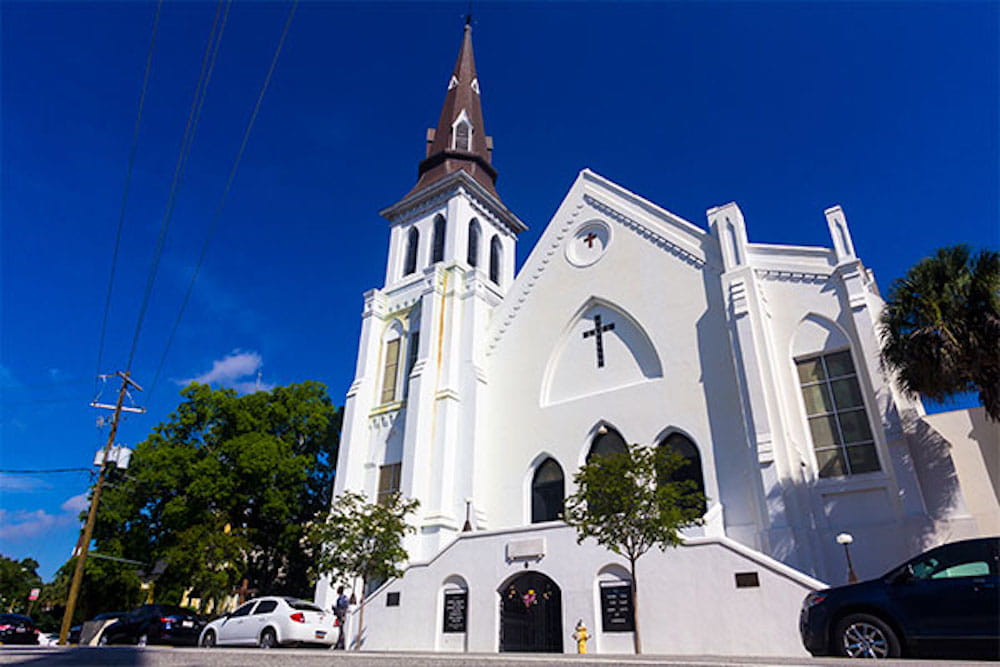June 17 marks ten years since the tragic mass shooting at Mother Emanuel African Methodist Episcopal Church in Charleston, South Carolina. During a Wednesday evening Bible study, a white man with racist motivations opened fire, killing nine Black worshippers in an act that left a lasting scar on the community and the nation.
Known as the Emanuel 9, the victims are honored daily as the church bells ring nine times, twice a day. The names of the nine individuals lost that night remain central to the church’s collective memory: Clementa Pinckney, Cynthia Graham Hurd, Susie Jackson, Ethel Lee Lance, Depayne Middleton-Doctor, Tywanza Sanders, Daniel Simmons, Sharonda Coleman-Singleton, and Myra Thompson.
Five others survived the attack, including relatives of the victims and members of the congregation. For many, the trauma remains present. While the church continues to uphold its mission of faith and openness, welcoming outsiders can still be emotionally challenging.
Current pastor Rev. Eric Manning emphasizes the importance of drawing strength from the church’s historical roots in the African American struggle for justice. Established in the 1800s by free and enslaved Black Methodists, Mother Emanuel is recognized as the oldest AME church in the South and has long been a symbol of resistance, resilience, and community leadership.
This rich legacy is now chronicled in a new book that explores over 200 years of the church’s history, highlighting its role in major movements such as abolition, civil rights, and labor activism. The pulpit of Mother Emanuel has welcomed influential voices across decades, including Booker T. Washington, W.E.B. Du Bois, and Dr. Martin Luther King Jr.
Rev. Clementa Pinckney, who led the congregation at the time of the shooting, is remembered not only as a pastor but as a state senator with great political promise. His untimely death is seen as part of a pattern of emerging leaders whose lives were cut short in the ongoing struggle for civil rights.
In the years following the tragedy, Charleston has undergone important changes, including the removal of Confederate symbols and official efforts to acknowledge the city’s historical involvement in slavery. Yet, the journey toward full racial reconciliation remains unfinished.
Today, Mother Emanuel continues to serve as a space of remembrance and resilience. Its mission, rooted in hope and restoration, stands as a testament to the enduring power of faith and community in the face of adversity.



